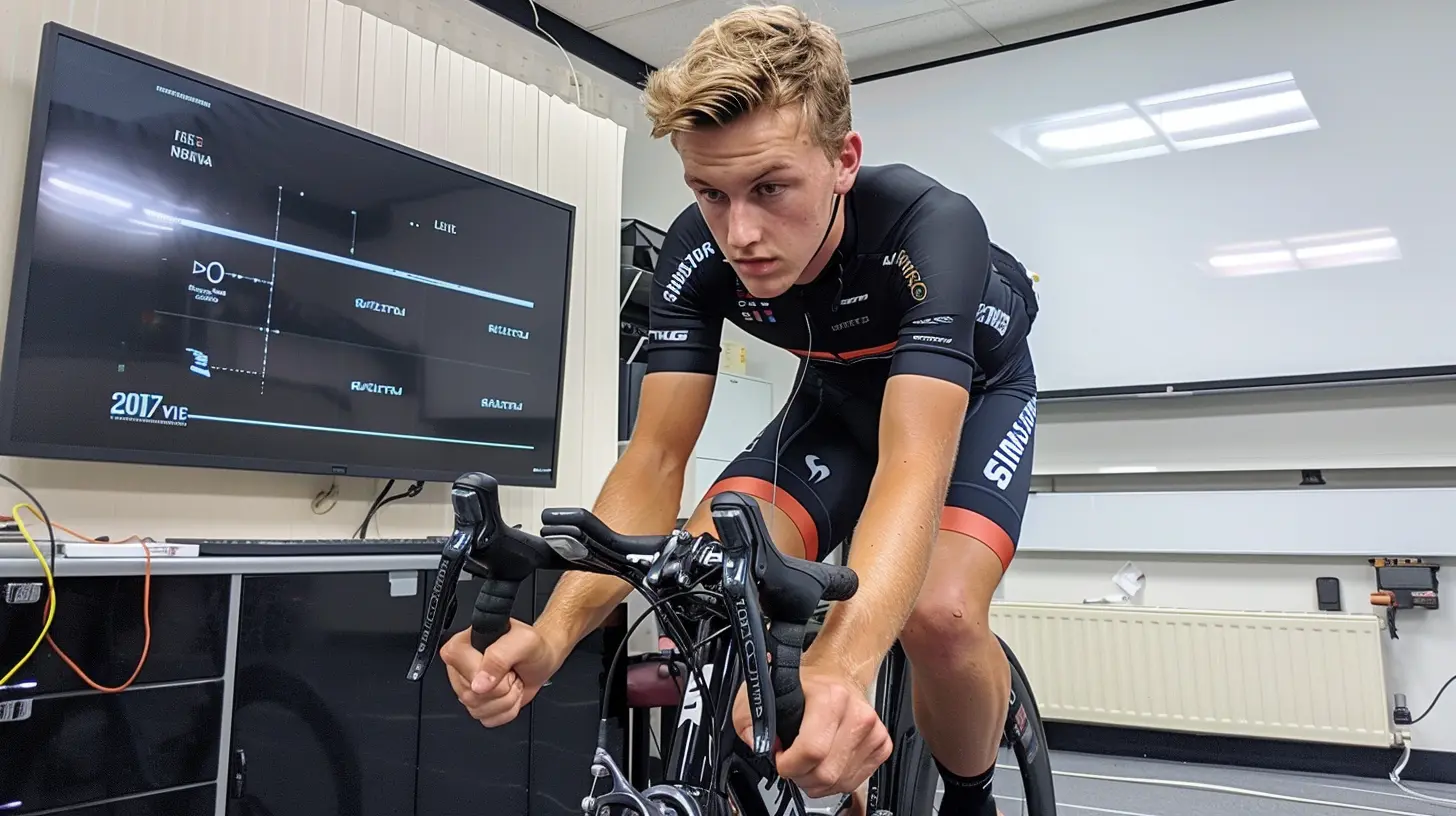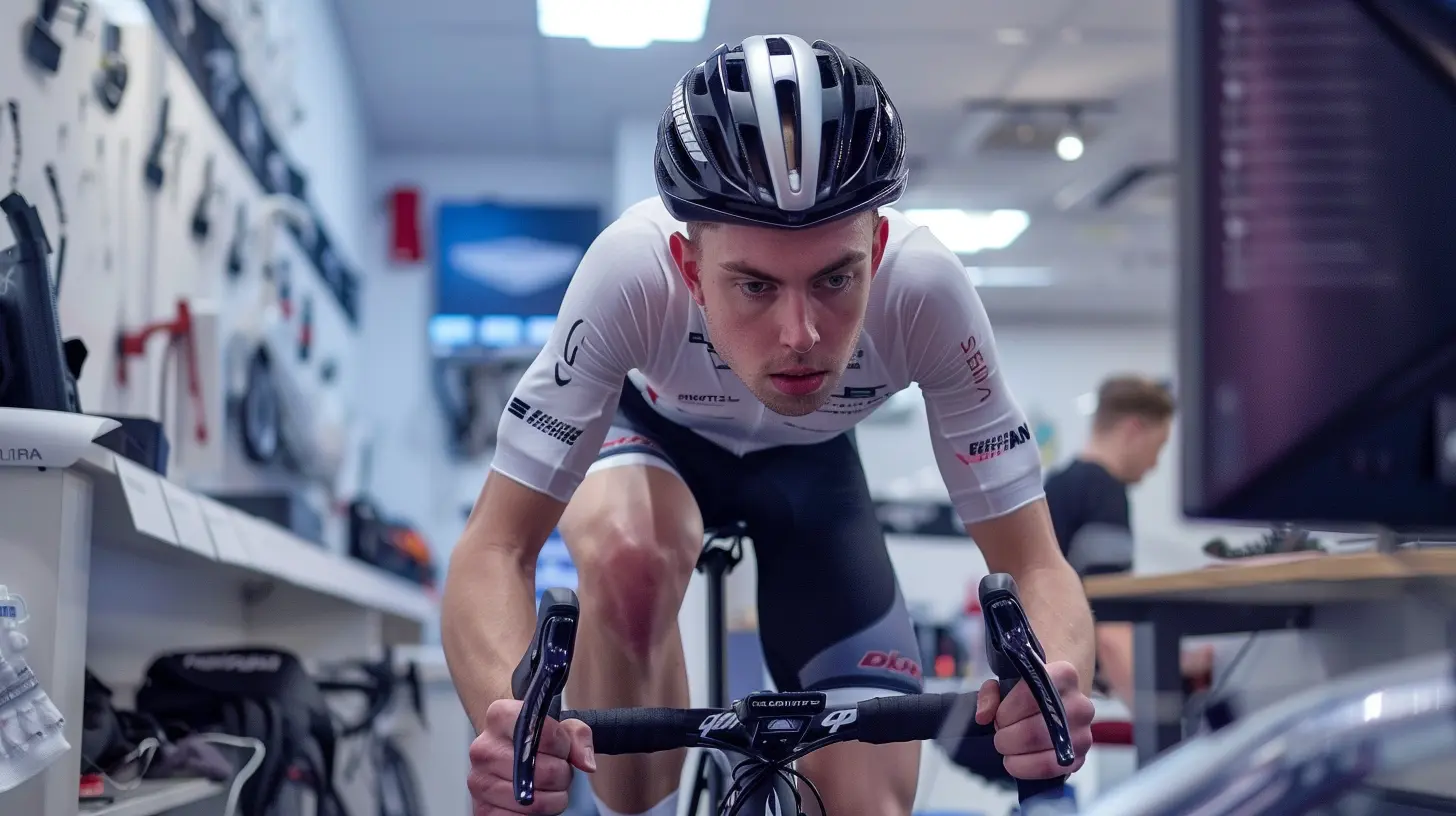The Importance of Bike Fit: Avoiding Pain and Injury
17 September 2025
Let’s get one thing straight—if your bike doesn’t fit you right, you’re just asking for trouble. And I’m not talking about a little discomfort here and there. I mean searing knee pain, throbbing lower backs, numb hands, and a deep-rooted hatred toward what should be your favorite activity in the world—cycling.
Whether you're a weekend warrior, a daily commuter, or a competitive racer pushing watts like a machine, bike fit is non-negotiable. You wouldn't wear shoes three sizes too small, right? Then why ride a bike that isn’t set up for your body?
Strap in (pun intended), because we’re about to break down exactly why bike fit matters, how it prevents injuries, and why ignoring it might send you limping off the saddle sooner than you'd like.
What the Heck is a Bike Fit, Anyway?
Before we go off the rails, let’s get something clear—bike fitting isn't just adjusting your seat or making sure your feet don’t scrape the ground. A real bike fit means tweaking every single point of contact between you and your machine to match your body’s unique geometry.We’re talking about:
- Saddle height and angle
- Handlebar reach and drop
- Cleat position
- Crank length
- Stem length and angle
It’s like customizing a suit. If you get it off-the-rack and hope it fits, you’re rolling the dice. But get it tailored? Now we’re talking performance, comfort, and pure cycling bliss.
Why Bike Fit is Non-Negotiable for Every Cyclist
1. It’s the First Line of Defense Against Injury
Let’s face it—cycling is repetitive. We’re talking thousands of pedal strokes per ride. If one part of your setup is off, even by a little, that minor error adds up real quick.Ever felt that sharp pain in the front of your knee after a ride? Chances are your saddle is too low. Numb hands? Your reach may be too long. Got saddle sores or back pain? You see where this is going...
Bottom line: A bad bike fit doesn’t just cause discomfort—it causes injury.
2. Improved Power and Efficiency (Yeah, We Want Speed Too)
Cycling isn’t just about not hurting—it’s about flying down roads, tackling hills like a beast, and feeling unstoppable. If your body is in the wrong position, you’re wasting energy fighting your bike instead of working with it.A good bike fit means:
- Stronger power output
- Better aerodynamics
- Smoother pedaling mechanics
- Reduced fatigue over long rides
So yeah, if you're chasing performance gains, a proper fit gives you more bang for every pedal stroke.
The Ugly Truth: Common Symptoms of a Bad Fit
If you're experiencing any of these red flags, your bike fit might be screaming for attention:- 🟡 Numbness in hands, feet, or nether regions
- 🔴 Knee or hip pain after riding
- 🔵 Lower back tightness or spasms
- 🟢 Neck strain or constant headaches
- 🟠 Saddle discomfort or chafing
- 🟣 Constantly adjusting your position mid-ride
These aren’t rites of passage. They’re warning signs. If your bike is hurting you, it’s not you—it’s the fit.
The Three Pillars of a Proper Bike Fit
Let’s break it down into the main areas that matter most.1. Saddle Fit: The Kingpin of Comfort
Your saddle is more than just a glorified cushion. It supports your weight and anchors your entire position on the bike.- Saddle too high? You’ll rock your hips and strain your hamstrings.
- Too low? Say hello to burning quads and knee pain.
- Nose angled wrong? Numbness and irritation down there—yeah, not fun.
Get this right, and everything else starts to fall into place.
2. Handlebar Fit: Keep the Pain Off the Hands and Neck
Your hands are your control center. But too much pressure here means sore wrists, numb fingers, and shoulder knots that make you hate life.Handlebar height and reach should keep you upright enough to be comfy but low enough to still be fast. It’s about balance—between comfort and performance.
3. Pedal & Cleat Alignment: The Most Overlooked Culprit of Pain
Your feet are the real engines here, so why are we ignoring them?Improper cleat alignment can torque your knees like a bad squat. It affects muscle loading, joint stress, and even how your hips rotate.
If you’re riding clipped in, cleat placement should be laser-precise. Don’t wing it. Don’t guess. Get it dialed in.
DIY vs. Professional Bike Fit: Should You Pony Up?
So, can you tweak your setup at home with YouTube and a hex key? Sure. Will it get you 80% of the way? Maybe. But consider this:A pro bike fitter doesn’t just look at numbers. They look at you—your flexibility, your posture, your riding style, your goals. They’ll watch you pedal, measure your joint angles, and fine-tune your setup to the millimeter.
It’s like the difference between guessing the right prescription glasses and getting your eyes actually tested. One’s a gamble. The other's a game-changer.
How Bike Fit Impacts Different Riders
Casual Riders
You don’t need to be an elite athlete to benefit from a proper fit. In fact, casual riders are most at risk because they’re not conditioned to push through discomfort.If you’re using your bike for weekend joyrides or cruising through the neighborhood, comfort is king. A solid fit means more miles, less pain, and a better relationship with your bike.
Competitive Cyclists
You’re chasing numbers, PRs, and podiums? Then fit isn’t optional—it’s one of the fastest ways to level up. Every watt matters. Every second counts.Getting a pro fit could be the edge between placing 5th and grabbing that #1 spot.
Commuters
When you're riding to work daily, even a small misalignment adds up. Eight miles a day becomes 160 a month. That’s a lot of stress on your joints if your setup isn’t dialed.Plus, a comfortable commuter setup means you show up to work happier, less sweaty, and not hobbling up the stairs.
Don't Ignore the Signs—Your Body Talks
Let’s be real. We suck at listening to our bodies. We brush off numb toes. We "tough out" knee pain. We think saddle sores are just part of the game.But that nagging pain? That’s your body throwing up a red flag.
Get your fit checked. Adjust your setup. Stop normalizing pain. Cycling should feel smooth, powerful, and fun—not like a medieval torture chamber on wheels.
Okay, So When Should You Actually Get a Bike Fit?
🛠️ Brand new to cycling? Start off on the right foot. Get fitted from day one.🚴 Upgraded your bike or components recently? That new saddle or aero bar could mess with your entire geometry.
💥 Feeling discomfort or pain, even slightly? Don’t wait. Address it early.
🚴♂️ Training for a big event? Make sure your fit is optimized so you’re not wasting watts.
In general, if your relationship with your bike feels more love-hate than love-love, it’s time to take a serious look at your setup.
Final Thoughts: It's Not Just a Bike, It's an Extension of You
Your bike isn’t just a frame and two wheels—it’s an extension of your body. When it's properly fitted, you're not fighting against it; you're flowing with it. Every pedal stroke feels easier. Every ride feels longer—without the pain.Bike fit isn’t about being fancy. It’s not just for racers with carbon fiber dreams. It’s about respecting your body and setting yourself up for long-term enjoyment, injury-free miles, and peak performance.
So be bold. Get fitted. Ditch the pain. Love every ride like it’s your first.
all images in this post were generated using AI tools
Category:
CyclingAuthor:

Frankie Bailey
Discussion
rate this article
1 comments
Fennec Clayton
Great tips! A proper bike fit truly makes all the difference in comfort and performance!
October 4, 2025 at 2:51 AM

Frankie Bailey
Thank you! I'm glad you found the tips helpful. A proper bike fit really is essential for maximizing comfort and performance!


